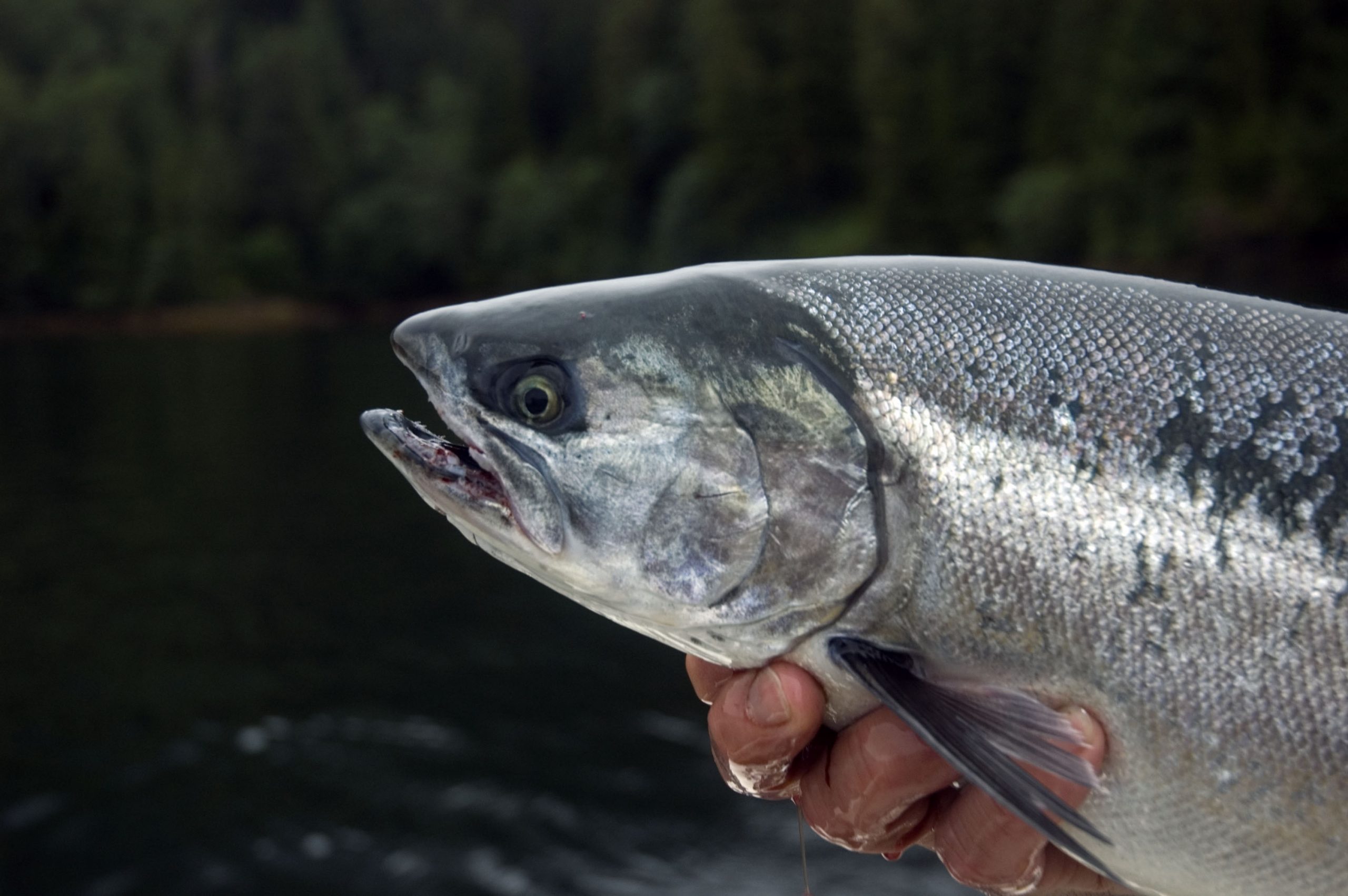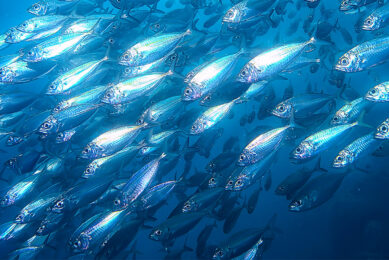Rabobank: Fishmeal prices to stabilise

The price of fishmeal is expected to stabilise, due to improved supply. This is according the Animal Protein Outlook 2018, published by Rabobank.
Fishmeal production was historically low in 2014, 2015 and 2016. However, supply normalised in 2017 as there were no El Niño’s and wild biomass was improved. Rabobank expects a similar level of fishmeal production in 2018.
Total allowable catch (TAC) for the first anchovy fish season in Peru was set at 2.8 million tonnes, and 1.5 million tonnes for the second season, which was below expectations.
Fishmeal prices
Although there is always volatility, Rabobank doesn’t expect a return to the low production levels of 2014 to 2016 and the bank expect that the current quotas to be reasonable good for the industry. The supply recovery late in 2016 has limited the historic price growth trend. In 2018, fishmeal prices are likely to fluctuate between US$1,100 per tonne and $1,500 (FOB Peru, 64% protein).
Fishmeal imports to China
Fishmeal imports to China grew significantly in 2017, and despite the supply increase, no fishmeal was left unsold at the end of the season. Rabobank considers the current price level to be demand-creating for fishmeal.
Salmon sector in recovery mode
The Rabobank report also mentions that the salmon industry is in recovery mode. In 2017, both Chile and Norway experienced a reversal of fortunes, with growth resuming after a record contraction due to algae bloom in Chile and lice resistance in 2016. Rabobank expects a supply growth of about 5% in 2017, with slightly higher growth projected for 2018. Salmon prices are expected to be in the range of NOK 50/kg to NOL 65/kg in 2018, and to remain as volatile and unpredictable as they have been in recent years.
Positive outlook for shrimp sector
Also the shrimp industry is like to keep on growing. This sector resumed moderate growth in 2017, with India and Ecuador being the main drivers. China and Thailand didn’t show the recovery expected in 2017, due to EHP in these countries now emerging as an equal, or even greater, threat then EMS. Rabobank expects good demand for shrimp in 2018, with firm prices but no excessive price volatility.
[Source: Rabobank]











